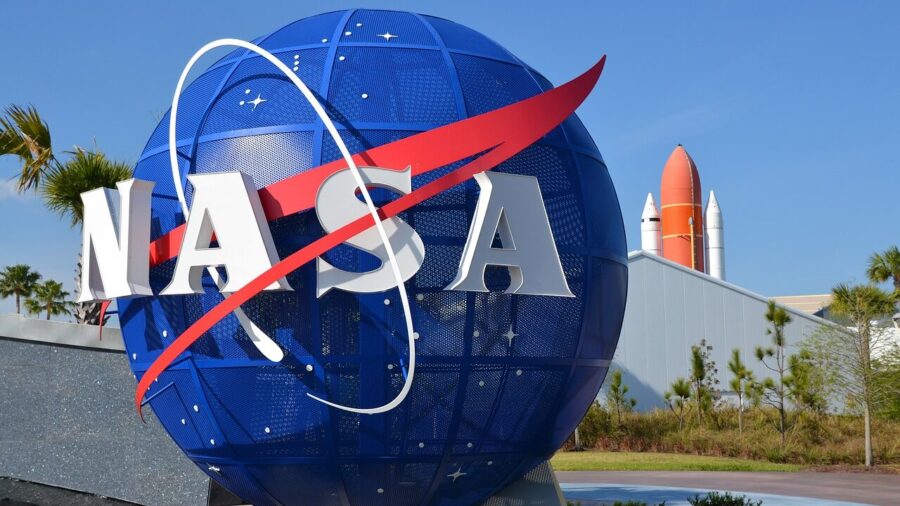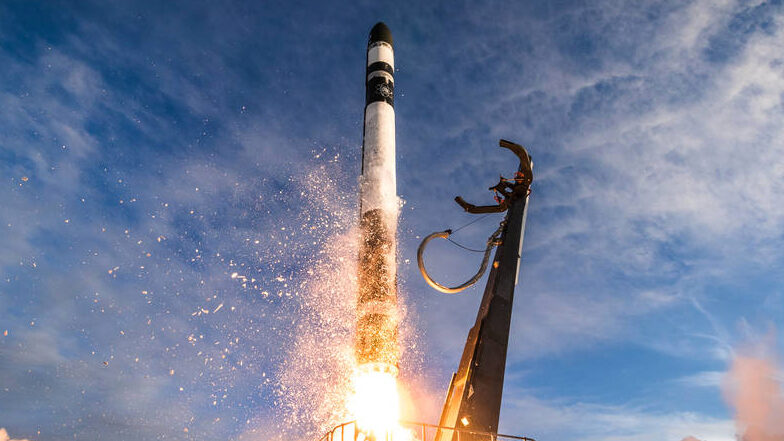NASA Is In Trouble For Spending An Obscene Amount To Reach The Moon
NASA is billions of dollars overbudget, and years behind schedule, for the Artemis Moon program.

NASA is billions of dollars over budget. As covered by Gizmodo, a new report from the NASA Office of Inspector General revealed a detailed audit of the Artemis Moon program. The harsh report concluded that the Space Launch System (SLS) designed to get astronauts to the moon is $6 billion over budget and six years behind schedule.
The audit investigated NASA’s contracts for the SLS rocket and its engines, finding that the Artemis Moon program is on track to reach a $93 billion price tag. $23.8 billion of that has already been spent on the SLS. That figure puts NASA well over its budget for the system.
A big reason for the massive price hike is the type of engines NASA is using for the SLS. The SLS launched last November for the Artemis I mission, an unmanned trip around the moon. To achieve this, NASA recycled shuttle-era engines, the RS-25s.
RS-25 engines were built by Aerojet Rocketdyne on a contract for the Space Shuttle project. That project officially ended in 2011, but several of the engines were still around. NASA assumed that reusing these old parts on their new crafts would save time and money. They were wrong.
The report blamed the added complexity of integrating old technology into the new for the costly delays to the SLS development. NASA intends to move away from the RS-25 engines after they are all used, opting for the cheaper and more powerful RS-25E. The audit found that the strategy thought to save costs actually impeded the project’s progress.

But even a switch to cheaper rockets is not guaranteed to get NASA out of its current hole. The 30% savings the agency expects to get out of the RS-25E does not account for overhead costs, and with multiple manned missions planned over the next few years, each launch is projected to cost a whopping $4.2 billion.
The Inspector General’s report included a grave warning to NASA. Irresponsible spending has dwindled the amount of money available for the agency, jeopardizing the Artemis Moon project. The continued delays and financial blunders also risk the support of the American public as it watches NASA flush its tax dollars without showing results.
For now, the Artemis Moon program is still a go. The audit was a serious slap on the wrist, publicly calling NASA out for its budgetary missteps. As the United States races other world powers to establish a presence on the moon, the stakes for the program are at an all-time high.
The Artemis 2 mission is on the calendar for 2024, Artemis 3 is set to follow in 2025 or 2026, and Artemis 4 is tentatively scheduled for 2028. The Inspector General warns those dates are in great jeopardy so long as NASA continues its spending trend.
Space exploration has long been a divisive subject among Americans. NASA will have to show a new kind of ingenuity going forward in order to maintain support and stretch its dwindling resources toward the moon and, eventually, Mars.
But NASA has achieved the impossible before, and with enough gumption, it could very well do it again.










